What You Need to Know About Landfill Maintenance
Landfills are generally pretty bad for the environment. The items dumped in landfills may not decompose for a while, and these sites can release dangerous gases and chemicals into the environment. For instance, according to Switpak, a PLA plastic bottle can take up to 1000 years to decompose. Fortunately, there are landfill maintenance methods that can minimize their impact on the environment. Here are some of the ways landfill workers can mitigate the environmental impacts landfills have on pollution rates.
Odor Control
Landfills produce odors because of putrescible wastes, disposed sludge, leachate seeps, and landfill gases. Apart from that, odors can result from unloading organic-rich waste by collection trucks. To control odors, it's important to follow through with the immediate covering of materials that have offensive odors. This goes a long way in odor control. Apart from that, an effective gas control system can also aid in reducing odors. The collected gases are deodorized through thermal oxidation, activated carbon filtration, wet gas scrubbing, and biofiltration. In extreme circumstances, some chemicals can be used to attenuate odors. This includes mixtures containing surfactants and plant oils.
Gas Collection System
Landfill gas collection systems use pipes and extraction wells installed throughout the landfill. The pipes collect gasses created by landfills and transport them to areas where they are burned, vented, or turned into energy. Landfill gases comprise equal parts of carbon dioxide and methane with bits of oxygen and nitrogen. If left unchecked, methane gas can burn or explode, leading to global warming.
Landfill Drainage
Landfills feature a stormwater drainage system that collects both water and the liquids produced by trash. This is important for the separation of produced liquids from solid waste. There is a specific drainage system used to filter out only the liquids released by trash. This is known as leachate. Leachate collection systems are quite similar to stormwater drainage systems. They feature pipes that deliver leachate to collection ponds or pumps. Leachate is allowed to settle in these ponds after it's tested for chemical levels.
Caps on Waste
When a landfill is permanently full, it is capped with a plastic liner. Once this is done, the landfill is covered with about two feet of soil. Vegetation, including grass and other plants with shallow roots, are planted on this soil to prevent erosion. The landfill is then monitored for up to 30 years to ensure it doesn't negatively impact the environment.
As far as essential landfill maintenance tasks go, these measures are used to help reduce pollution. Proper landfill maintenance ensures that landfills have a minimum impact on the environment. To learn more about these measures, don't hesitate to get in touch with us here at Bluffton Aeration.
SERVING
And the Surrounding Areas

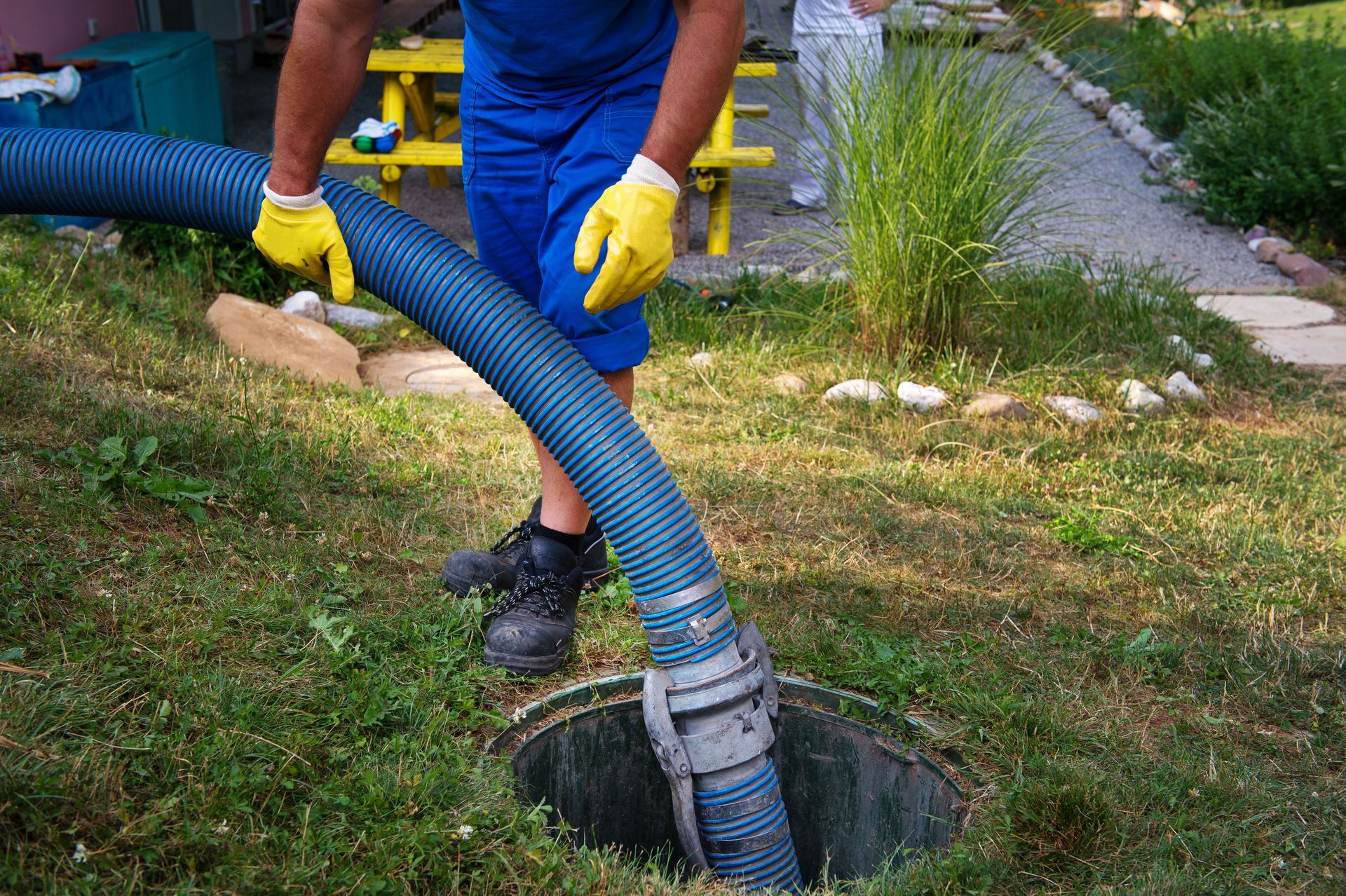

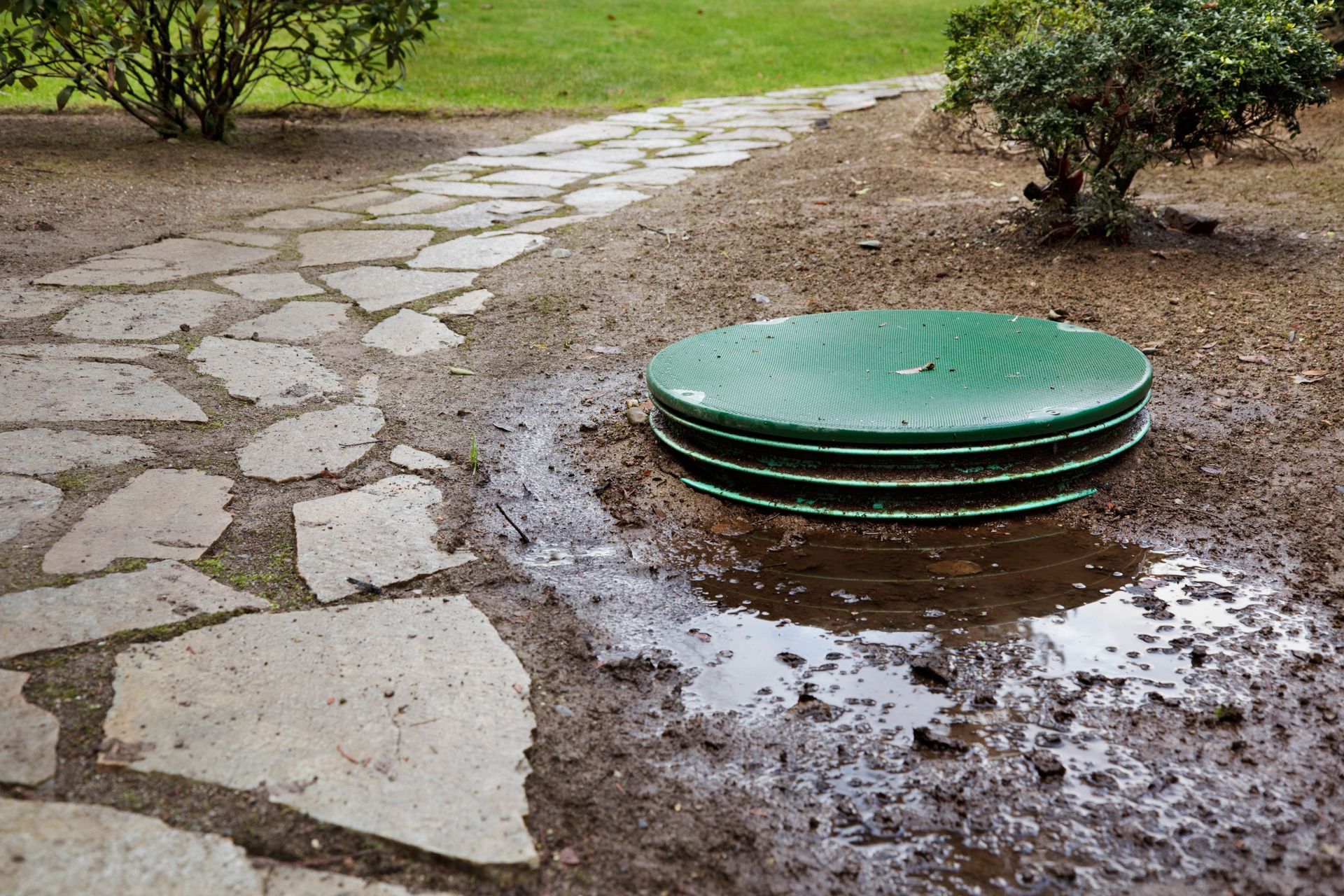
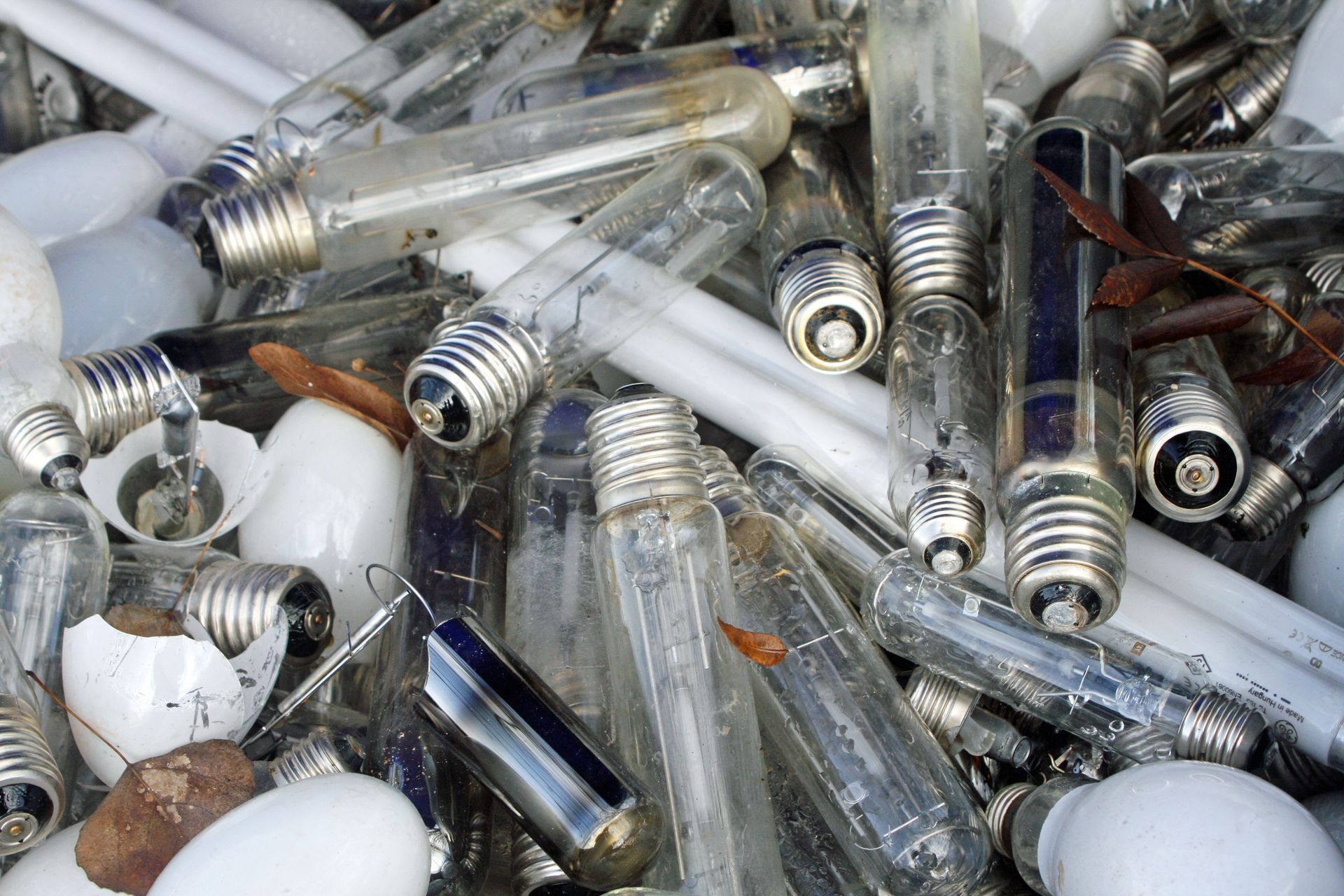
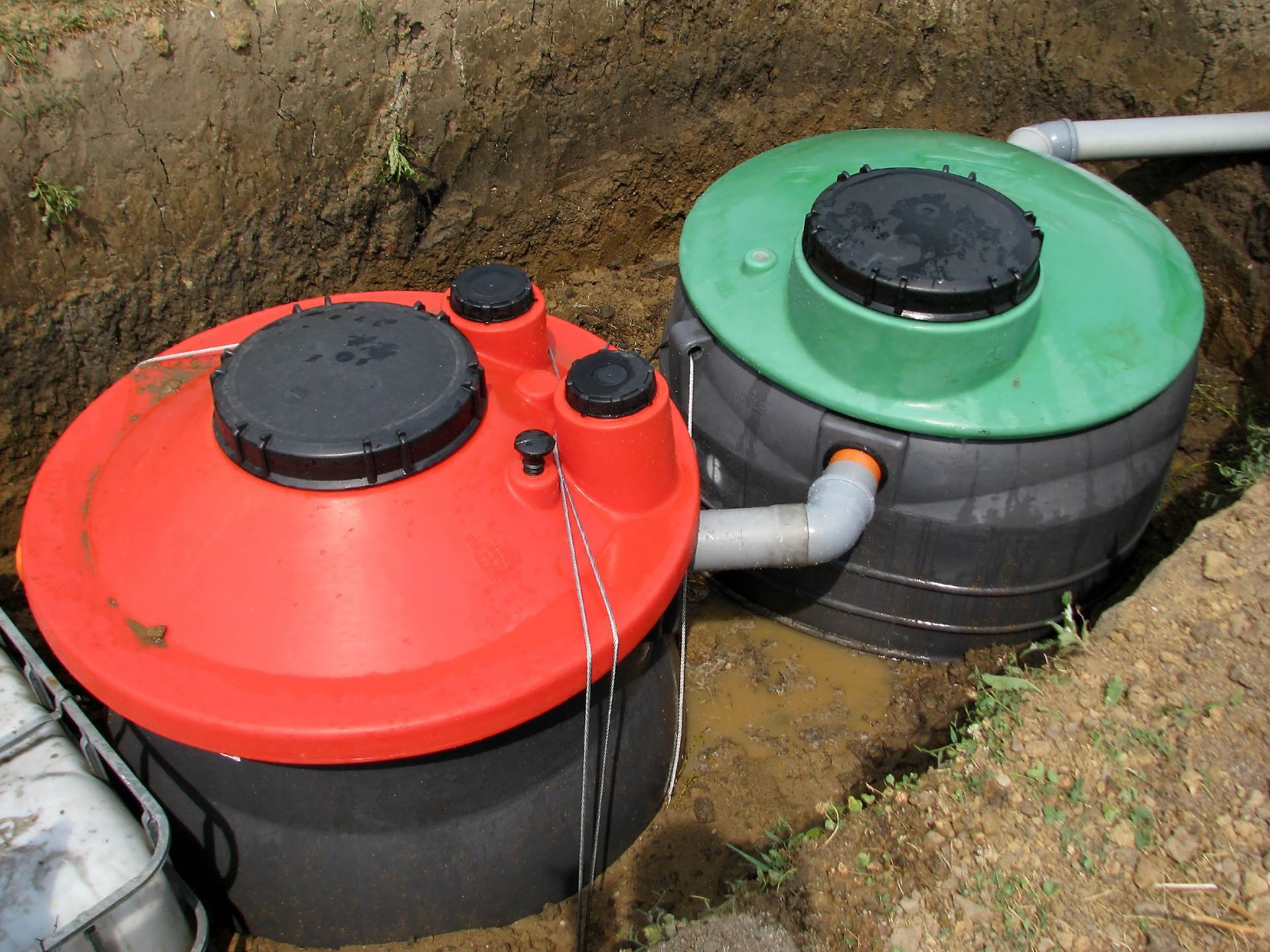
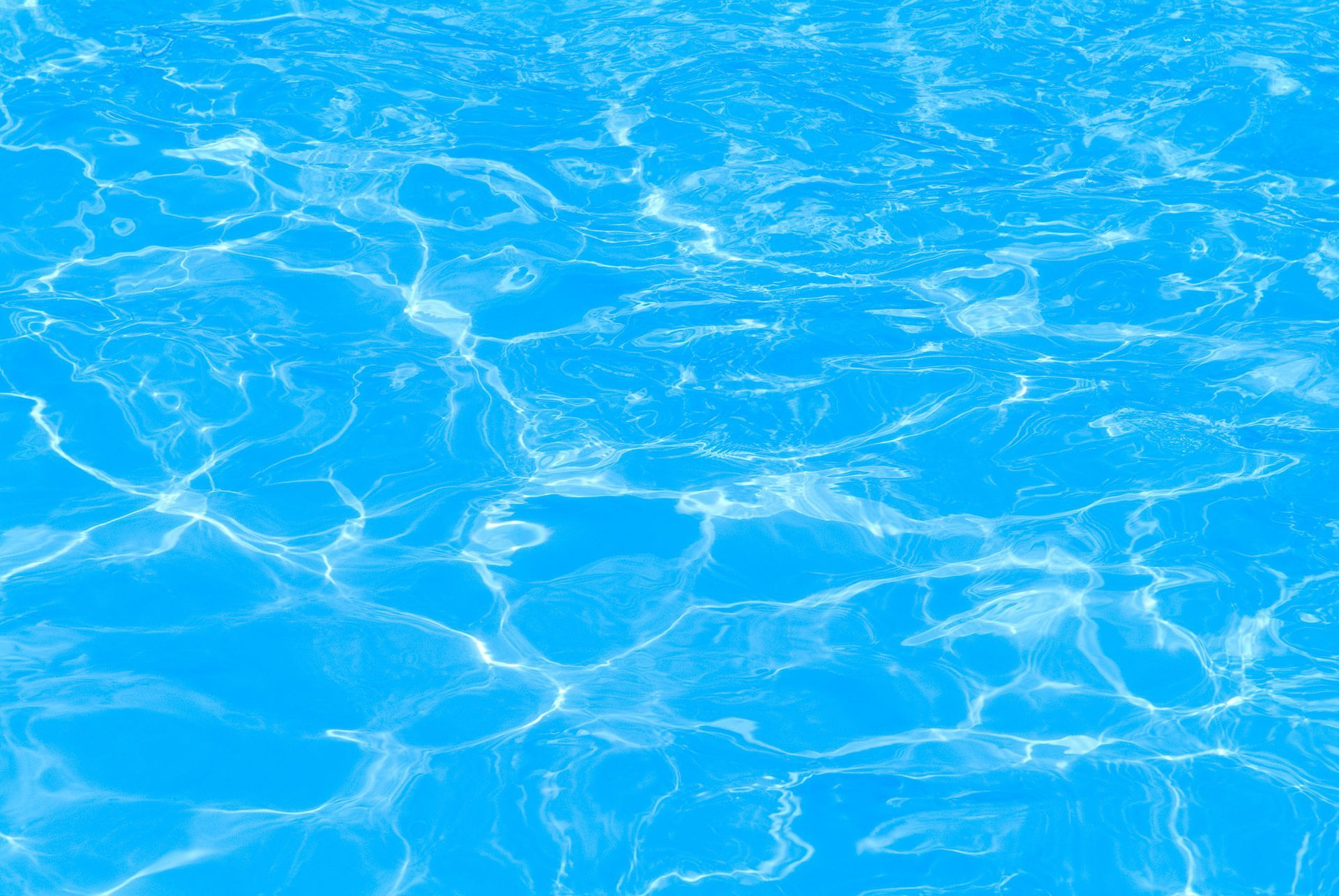
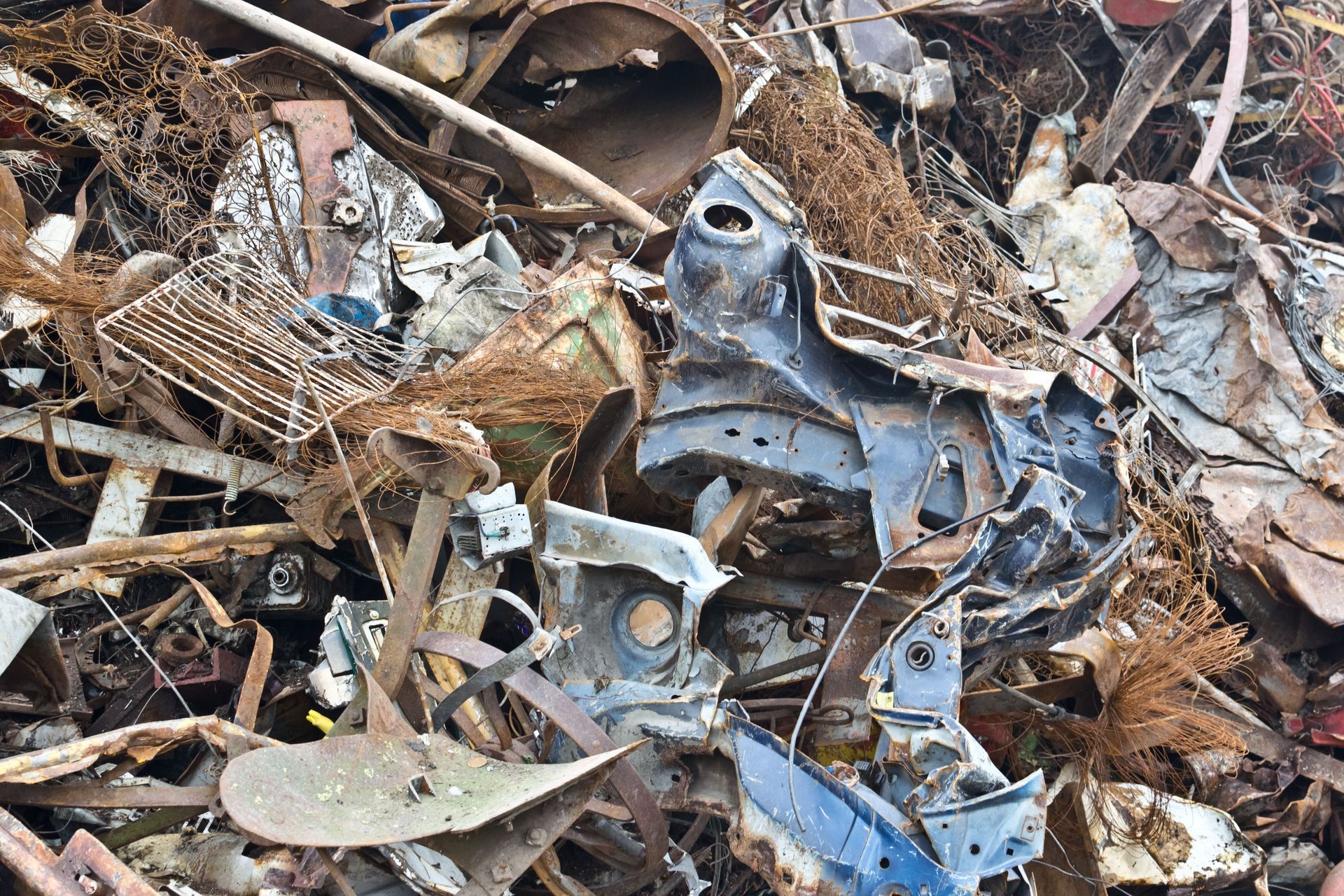
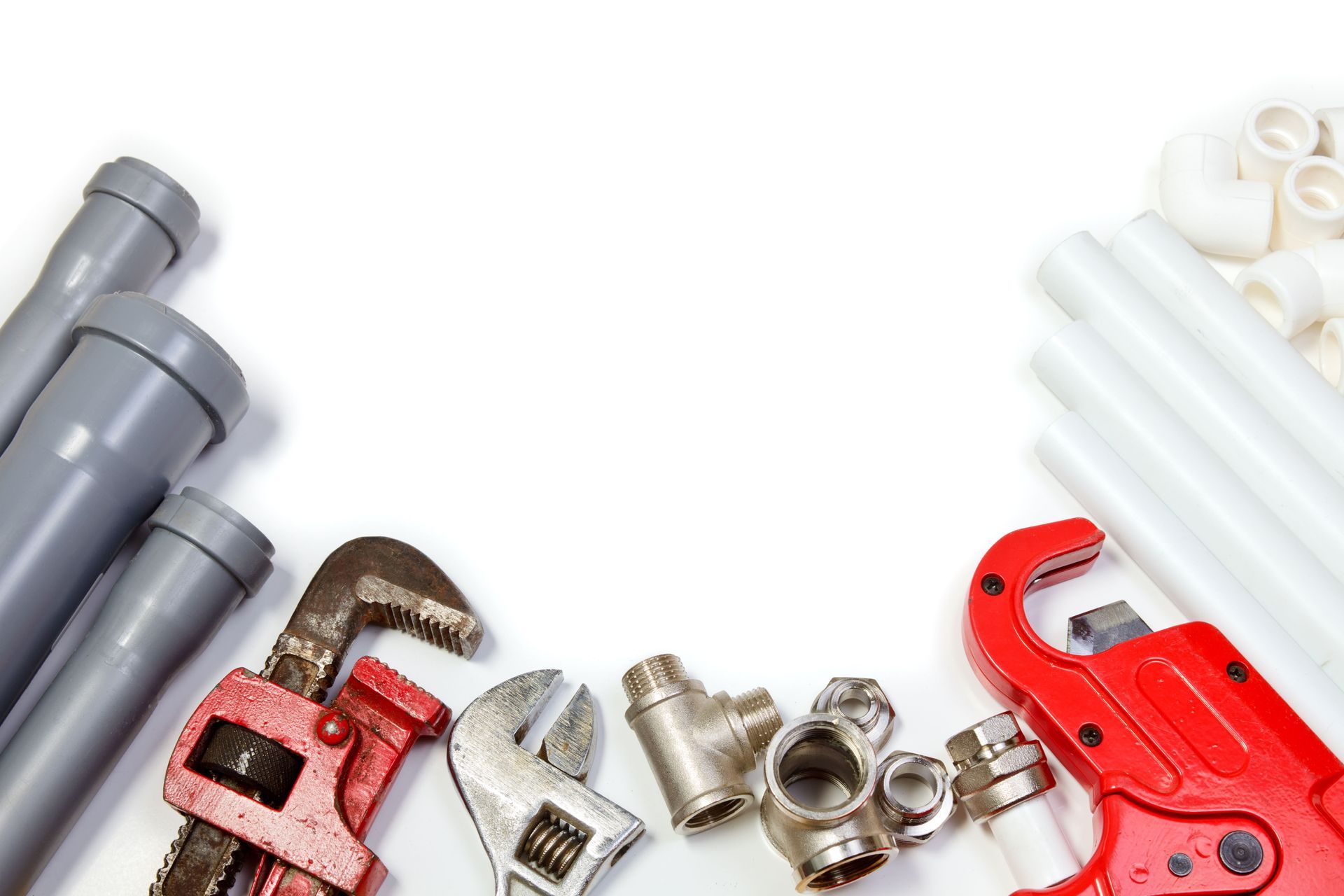
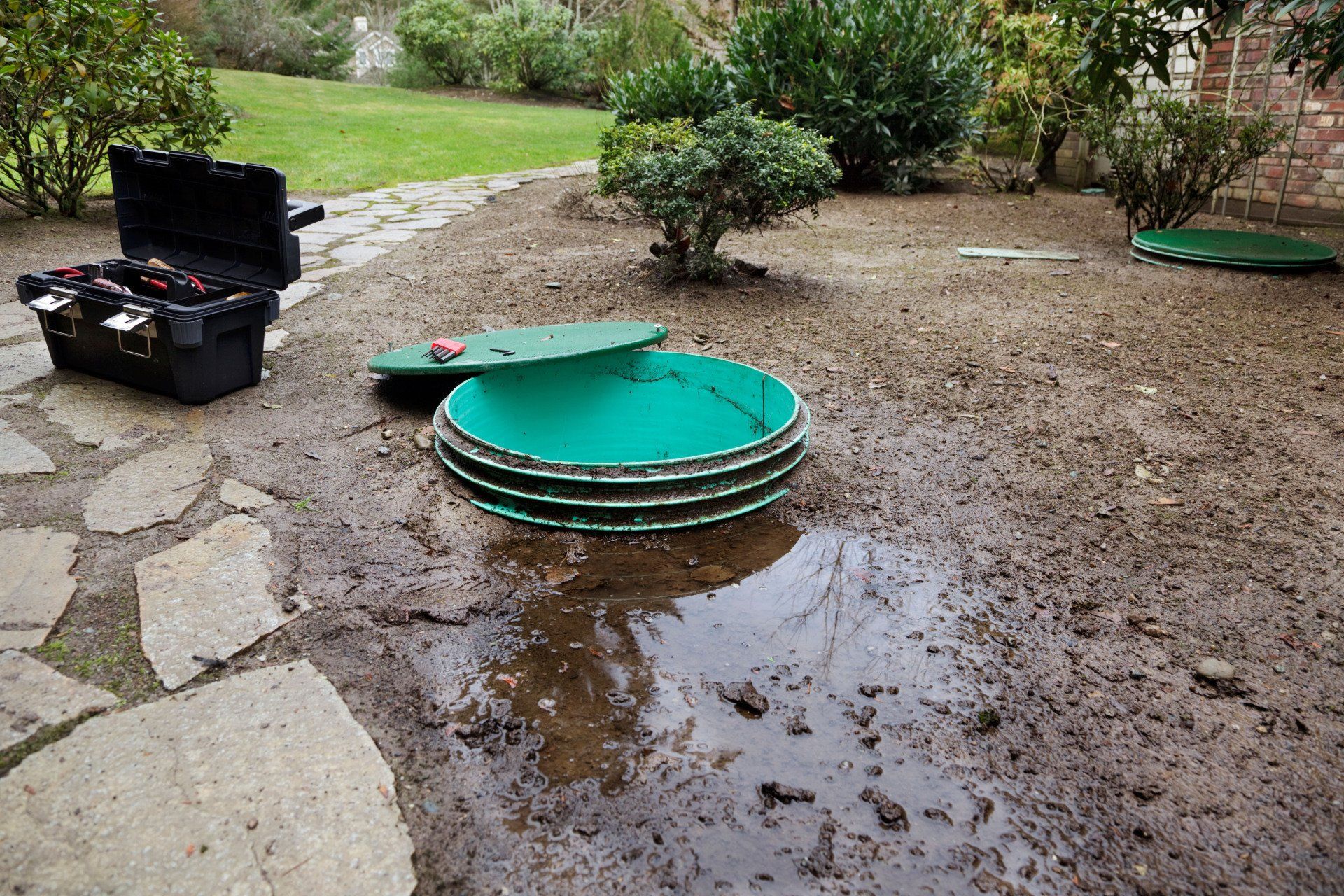
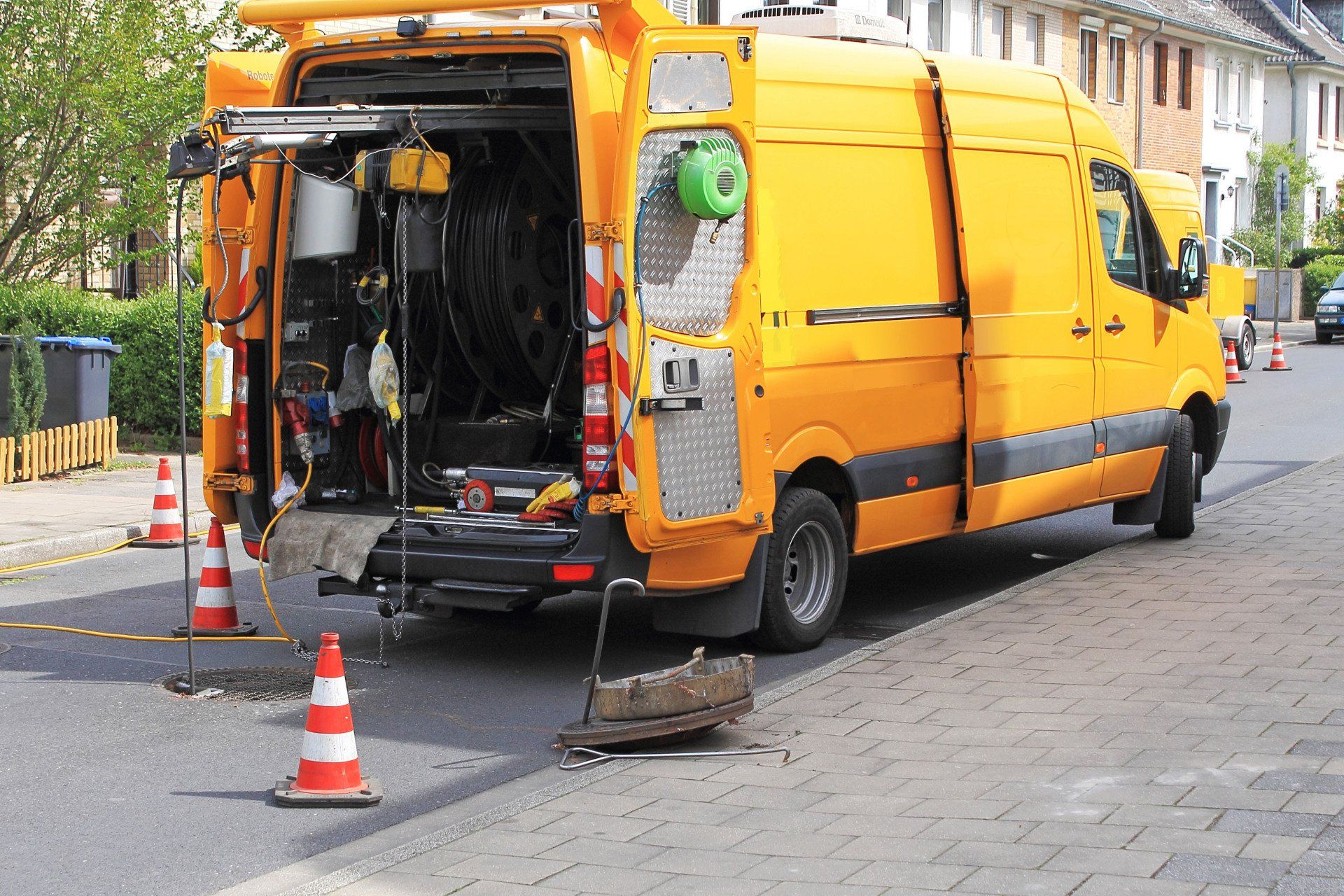
Share On: